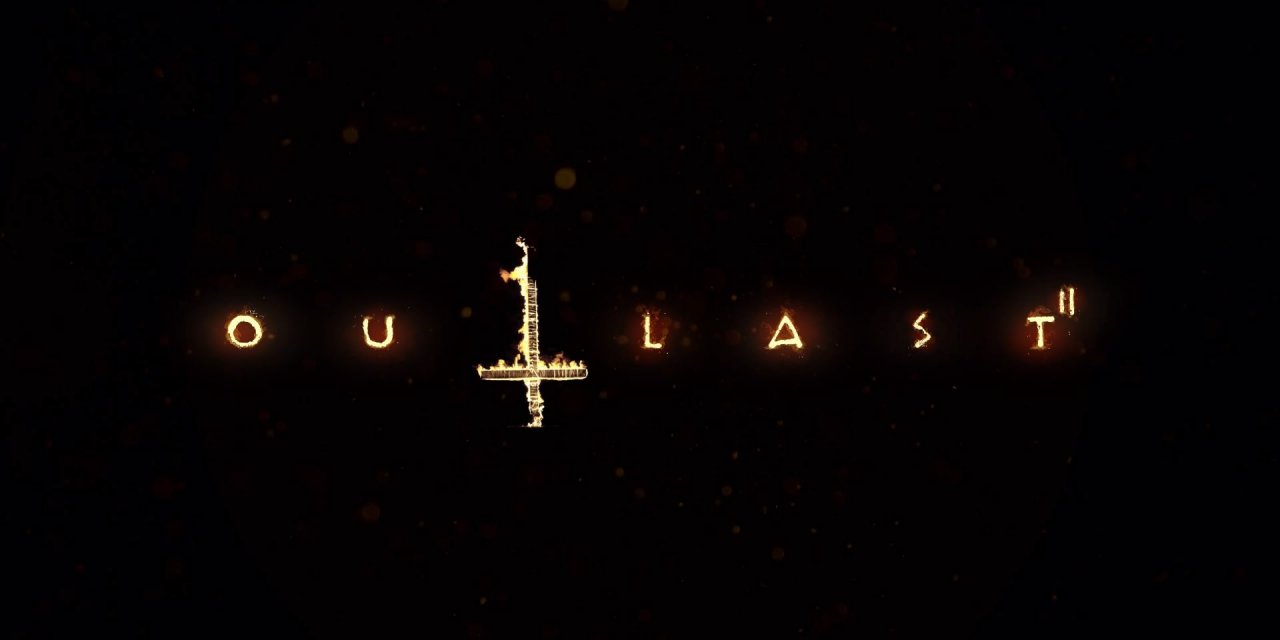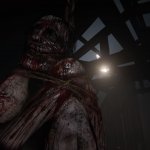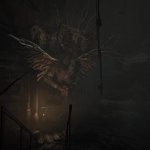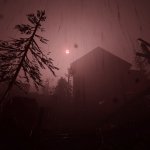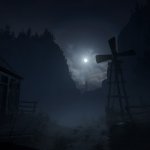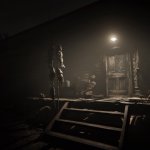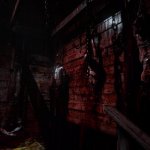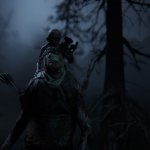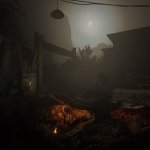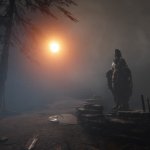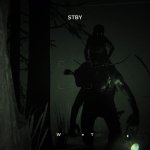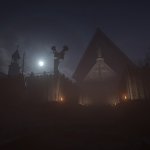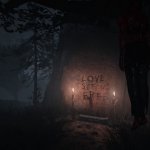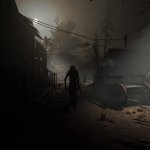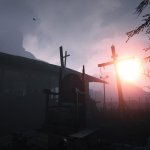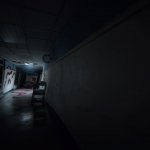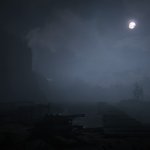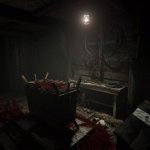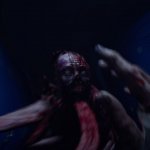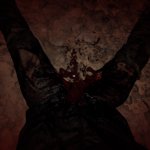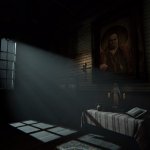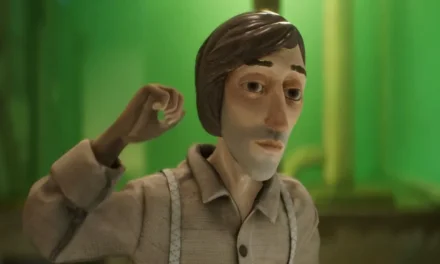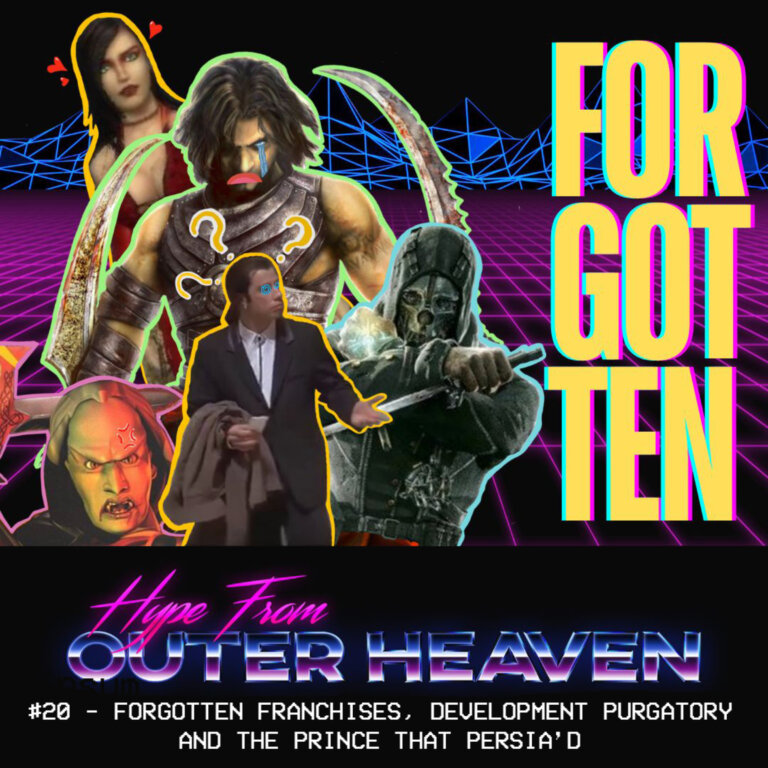“God doesn’t love you, not like I do…”
When Outlast was released back in 2013, it was something of a catalyst. The horror genre in gaming had been lacking for a serious amount of time, with carbon copies of the action-orientated Resident Evil formula plaguing the industry (glaring at you Evil Within). While Amnesia: The Dark Descent was the original pioneer of the modern indie horror genre, Outlast was responsible for bringing the gameplay style to a vastly broader audience. Influences from the title’s ‘Run and Hide’ gameplay design can be seen in a plethora of horror titles ranging from Alien: Isolation to the haunting Playable Teaser (P.T.) for the ill-fated Silent Hills (Curse you Konami!). As a result, Outlast II had a lot to live up to, and although the demo was well received for being genuinely unnerving, the final product is a vastly different monster altogether.
Outlast II places you in the shoes of Blake Langermann, an investigative Journalist working alongside his wife Lynn to investigate the murder of an unidentified young woman, who was 8 months pregnant at the time of her death. Their investigation takes them to a remote part of the Arizona desert and soon takes a turn for the worse with Blake being left stranded and alone, in search of his wife Lynn. In his search, Blake soon stumbles upon the harrowing community of Temple Gate, a remote town brutally governed by a cult known as the Testament of the New Ezekiel. The cult’s main focus is the prevention of the birth of the Anti-Christ and believes that the only way prevent this is the systematic slaughter of all children born within the community, in which they pursue with reckless abandon. The game has an amazing ability to tell a story without telling a story; akin to Outlast, the sequel’s narrative is told through the player’s investigation with the environment, with journal entries and visual points of interest acting as the main source of plot information. The game’s narrative has an undeniably strong opening and is effective at building up the game’s setting, but unfortunately falls short with the story taking a somewhat predictable route during the mid to late stages of the game. Criticism aside, the story is entertaining enough from beginning to end, with the game’s terrifying atmosphere and tense gameplay far outweighing the predictability of the narrative.
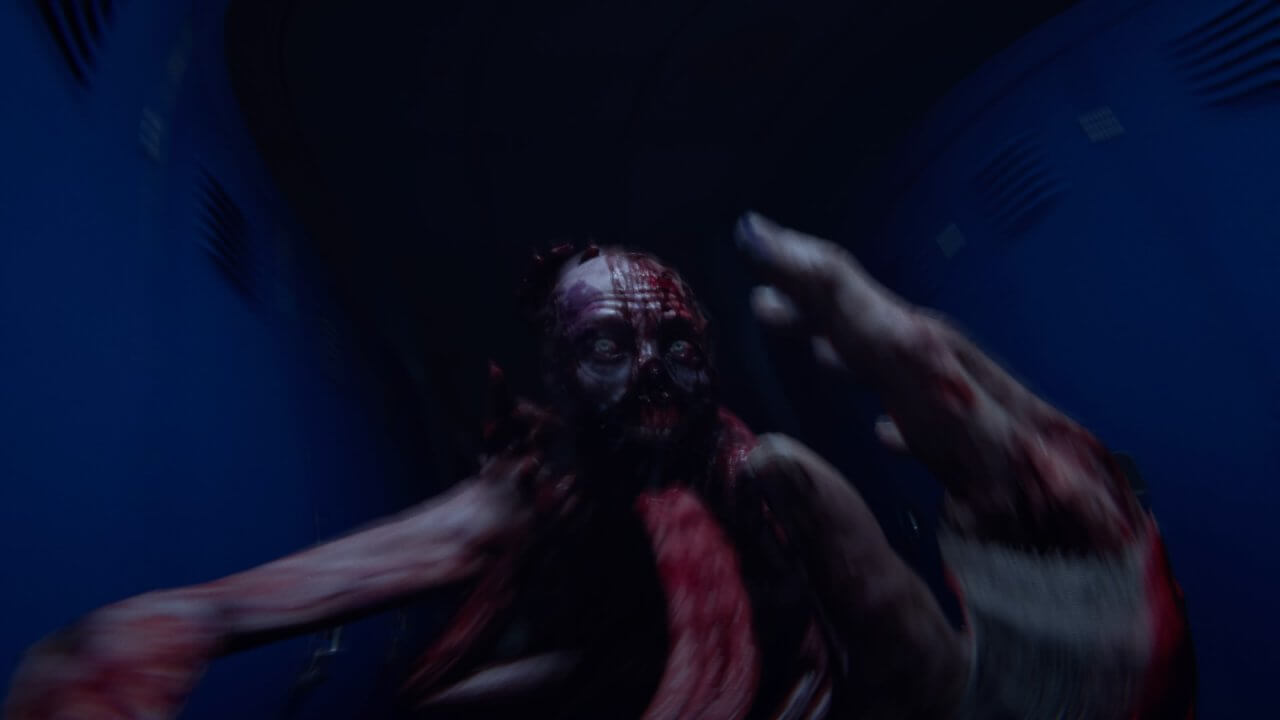
Mr. Gluskin’s got nothin’ on you pal…
Outlast II’s strengths are the same as its predecessor, with its ability to set up a terrifying environment dripping with atmosphere; but even with their similarities, Outlast II is totally different from the first game in many ways. The most notable difference is the strong religious symbolism that oozes out of the games pores, which is visually represented throughout the game in various forms such as the manifestation of the seven plagues of the apocalypse and the cult’s obvious connections to the Christian church. Running in 1080p at 60fps on a launch PS4, the game is visually stunning and plays incredibly smooth, which only adds to the immersion. The gameplay is largely unchanged from the first game, taking place within claustrophobic, dark environments with the protagonist’s camera acting as the main tool for survival. Battery hunting returns, with the inclusion of bandages to recover health. Much like in Outlast, batteries are your lifeline, as most of the environments are impossible to see in without the use of the camera’s night vision mode; bandages, on the other hand, are largely useless due to the fact that if you get cornered or hit once, you’re more than likely going to die anyway (especially on the higher difficulties).
Throughout the game Blake will dip in-between the real world and ‘nightmare’ sequences seamlessly, offering a distorted sense of reality with a subtle hint that Blake himself is going insane. The nightmare sequences are a call back to Blake’s childhood, in which he is constantly tortured by being forced to recall the suicide of his childhood friend Jessica. During these sequences, something supernatural begins to stalk the corridors of the Catholic school, which eventually reveals itself as a jaw-less creature of unknown origin. The nightmare sequences present some of the game’s most terrifying scenarios by far, due to the unpredictability of the creature that stalks you along the school’s dark and haunting corridors reminiscent of games like Alien: Isolation. When you’re returned to the real world from the nightmare sections you’re presented with numerous, classic horror situations such as being chased by a dozen rednecks through a corn field or being crucified by festering mutants; the variation of situations are key here, with no two areas offering the same experience. Early on in the game, you are pursued relentlessly by Marta, a scripture babbling old crone with a makeshift pickaxe who moves so fast she that could give Usain Bolt a run for his money. When she’s not mutilating Blake’s genitals (we all remember the demo) she is genuinely of the game’s most terrifying antagonists. One scene which haunts me, in particular, is where Blake gains a moment of respite from being chased by cultists and has to push a cart up to a fence so he can climb over and escape; conveniently before you get a chance to even look at the cart Marta turns up, and turns a simple exercise into the world’s creepiest game of cat and mouse. The tension during this particular part of the game is so thick you can cut it with a knife (or with a pickaxe) and is a testament to Red Barrel’s ability to create genuine horror.
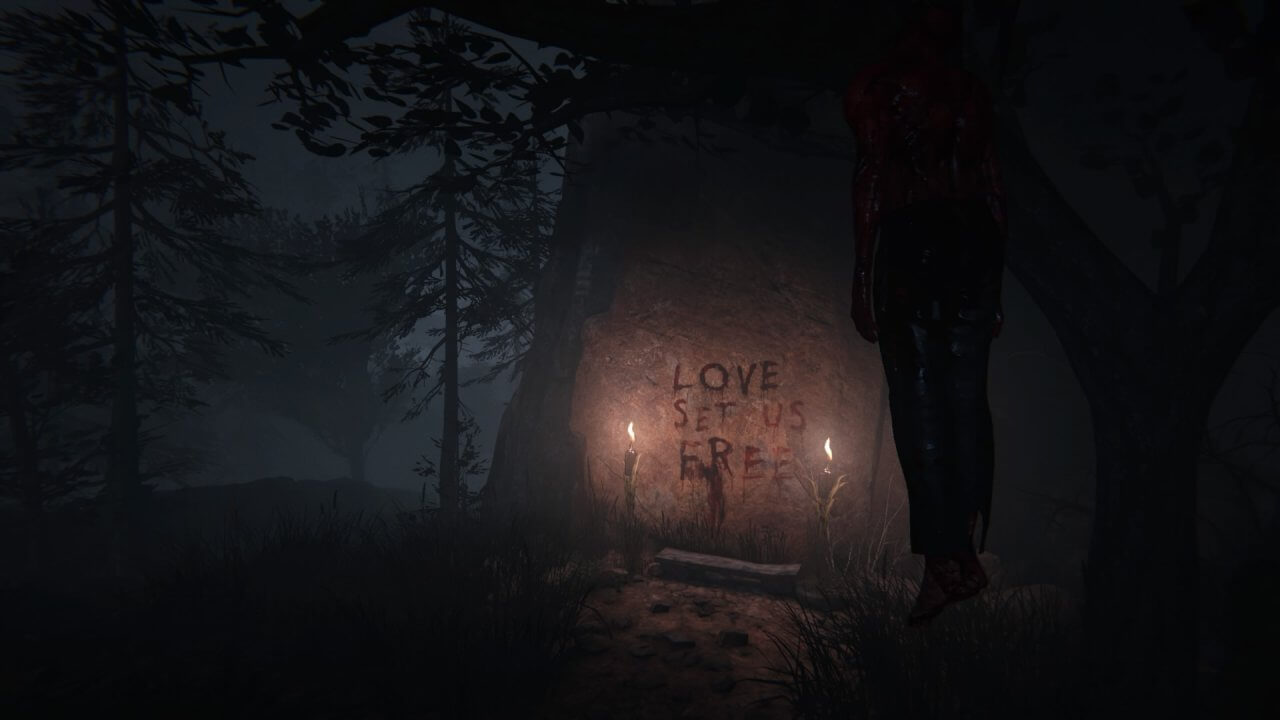
“Look at me Damien! It’s all for you…”
Regardless of the story’s all too obvious story cues taken from the Omen, the six or so hours I spent in Outlast II was an addictive cocktail of soiled underwear and terrified (but manly) screams. The atmosphere, the setting even down to the blood and gore, are all elements from an expertly crafted horror title and is proof alone that Red Barrels are passionate about the games that they create and about horror itself as an interactive medium.
A PlayStation 4 Review Code was provided by Red Barrels

